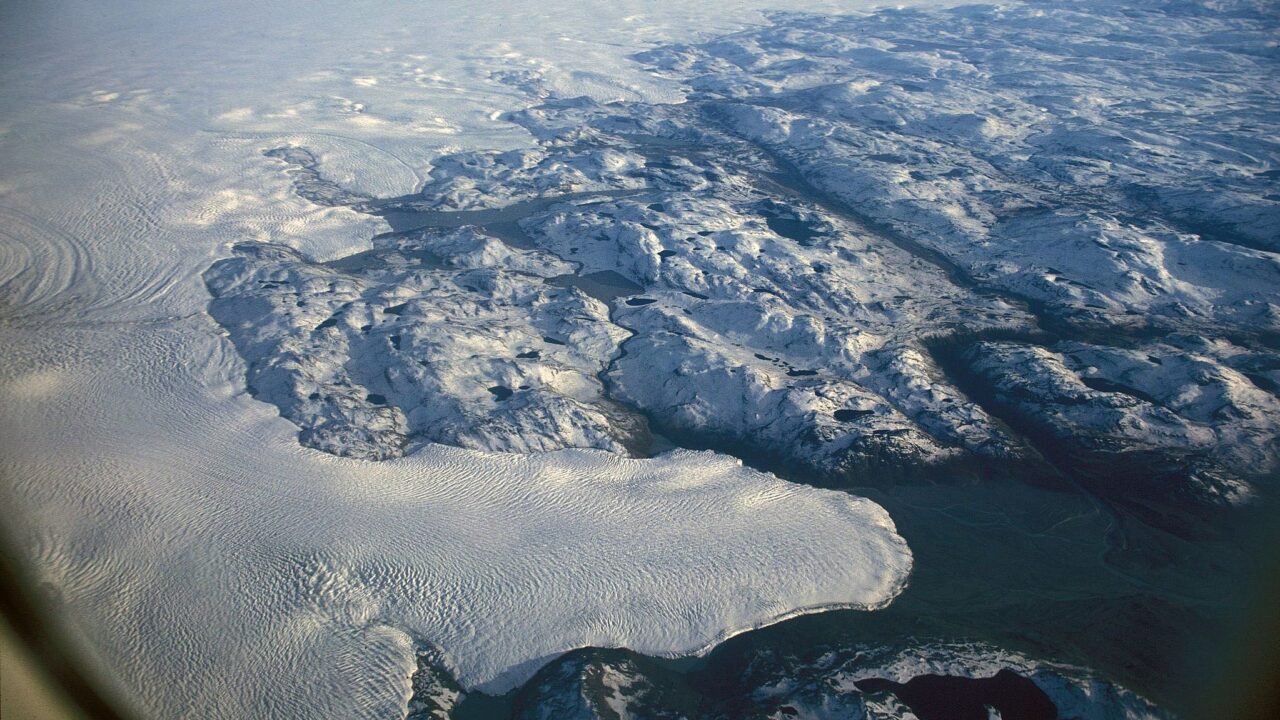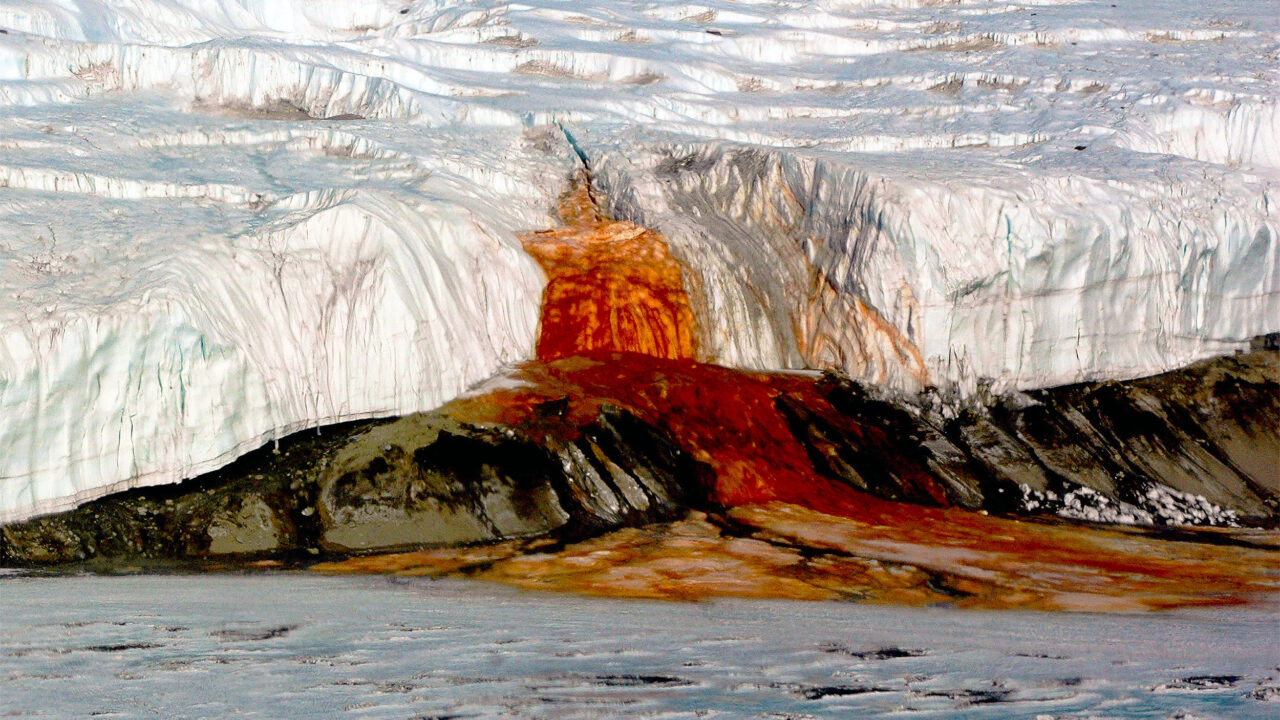What Is Anak Krakatau?
Anak Krakatau, which means “Child of Krakatoa” in Indonesian, is an active volcanic island located in the Sunda Strait, between the islands of Java and Sumatra. It was born from the underwater caldera left behind after the catastrophic 1883 eruption of Krakatoa, one of the most powerful volcanic events in recorded history.
Since it first emerged above sea level in 1927, Anak Krakatau has been growing steadily due to frequent eruptions, reaching a height of more than 300 meters (984 feet) before being partially destroyed by later activity.
The Origin: The 1883 Krakatoa Eruption
The story of Anak Krakatau begins with the massive eruption of Krakatoa in August 1883, which destroyed most of the original island. The explosion was so powerful that it was heard over 3,000 miles away, produced tsunamis up to 40 meters high, and caused global climate changes by releasing massive amounts of volcanic ash into the atmosphere.
After the eruption, only small remnants of Krakatoa remained above sea level until the formation of a new volcanic cone decades later, which became known as Anak Krakatau.
The Birth and Growth of Anak Krakatau
Anak Krakatau first appeared in 1927, when underwater volcanic activity created a new island in the center of the old caldera. Over the years, the volcano has gone through cycles of eruption and rebuilding, shaping the island’s current form.
The volcanic activity continues to this day, with eruptions producing ash plumes, lava flows, and pyroclastic materials that gradually increase the island’s size. Each eruption alters its height and shape, making Anak Krakatau one of the most dynamic volcanoes on Earth.
The 2018 Eruption and Tsunami
One of the most notable recent events occurred in December 2018, when a partial collapse of Anak Krakatau’s southwestern flank triggered a tsunami that struck coastal areas of Java and Sumatra.
The disaster caused significant loss of life and property, and the island itself lost more than two-thirds of its height, shrinking from about 338 meters to just 110 meters. Despite the destruction, the volcano soon resumed its activity, continuing to rebuild itself over time.
Geological and Scientific Significance
Anak Krakatau serves as a natural laboratory for volcanologists and geologists studying the formation and evolution of volcanic islands. The site provides valuable insight into:
- The process of volcanic island growth
- The impact of eruptions and collapses on marine ecosystems
- The potential hazards of active volcanoes in densely populated regions
Its continuous activity makes it a key site for monitoring and understanding Indonesia’s complex volcanic system, part of the Pacific Ring of Fire.
Visiting Anak Krakatau
Although Anak Krakatau remains active, it can be visited under controlled conditions. Tourists typically depart from Carita or Anyer in Banten Province on the west coast of Java. Guided boat tours offer views of the island, its smoking crater, and nearby remnants of the original Krakatoa.
Due to safety concerns, visitors are not allowed to land on the island during periods of increased volcanic activity. However, observing Anak Krakatau from a safe distance offers a powerful reminder of nature’s raw energy and resilience.
Conclusion
Anak Krakatau Volcano stands as a living symbol of destruction and rebirth. Born from one of the most devastating eruptions in human history, it continues to reshape itself with every eruption, growing from the sea as a testament to the Earth’s ever-changing power.
For scientists and travelers alike, Anak Krakatau is not only a geological wonder but also a profound reminder of nature’s ability to both destroy and create anew.




